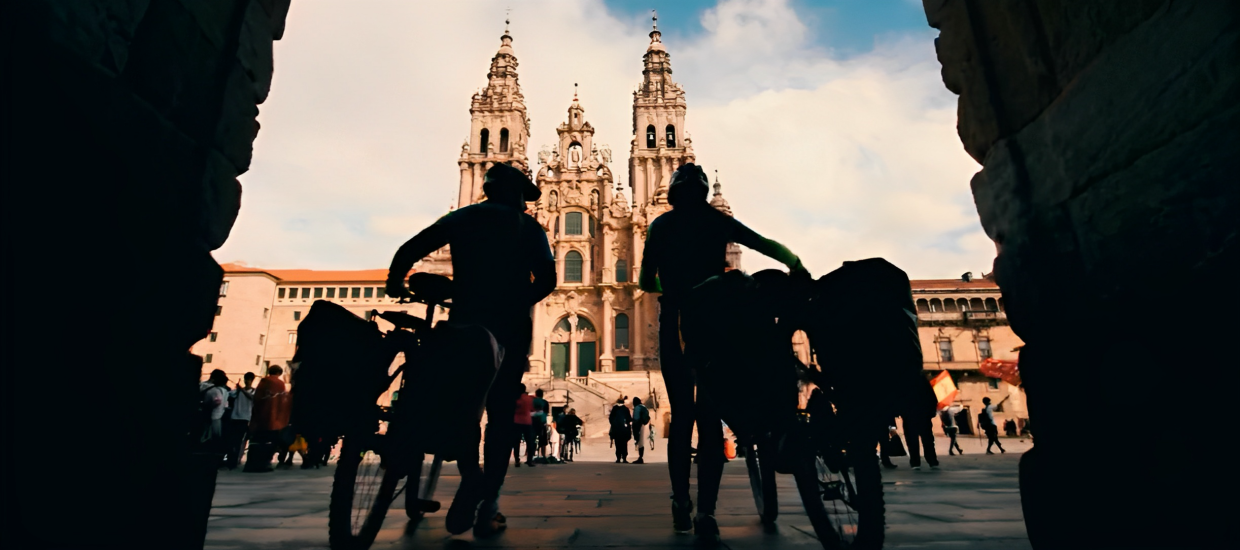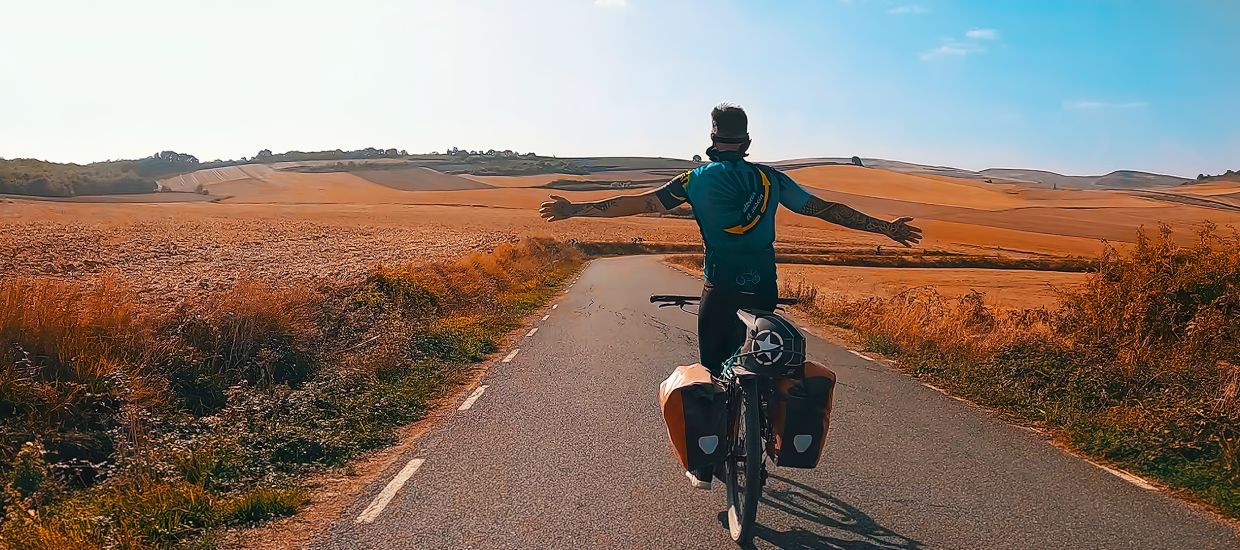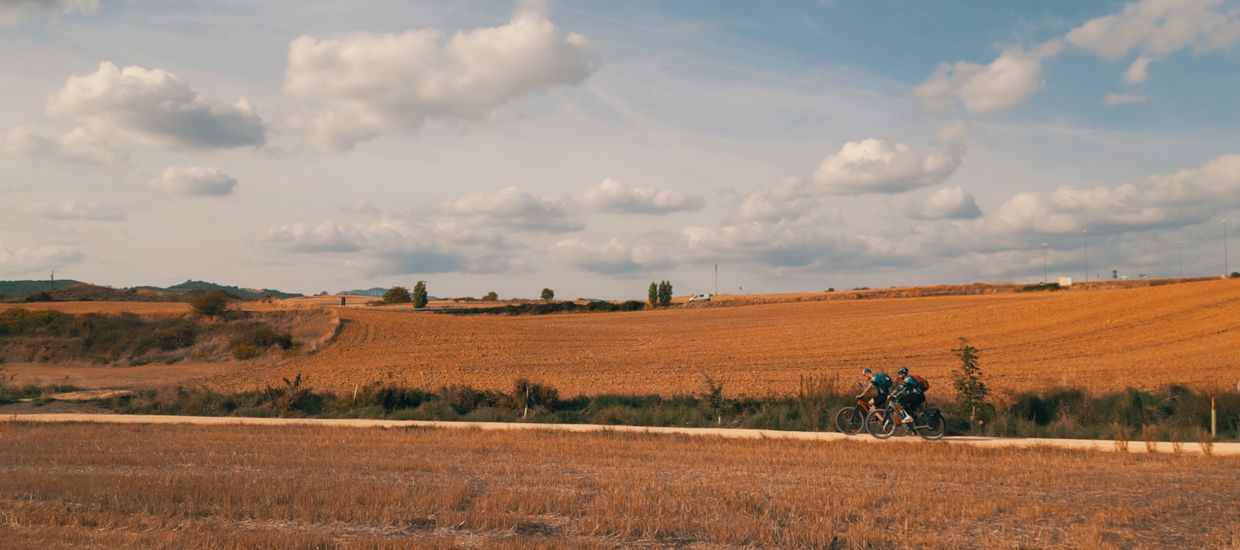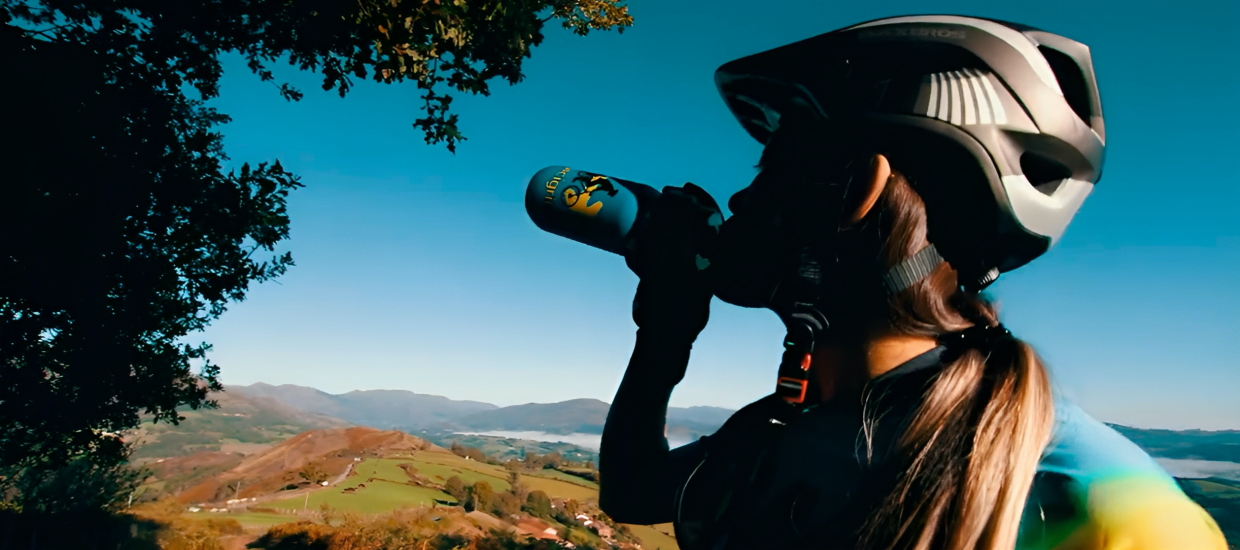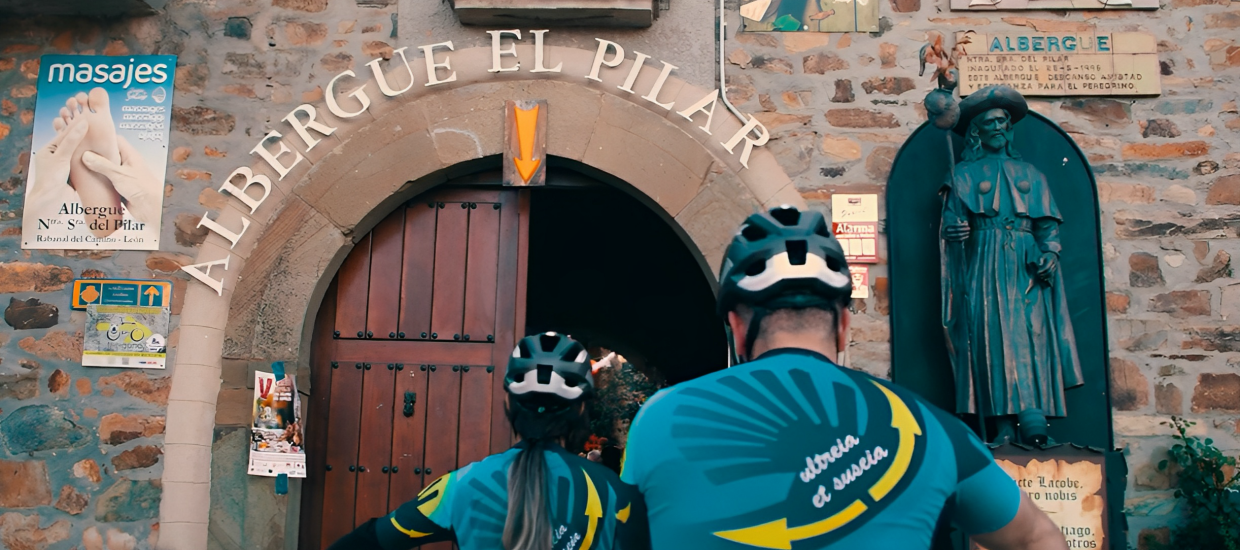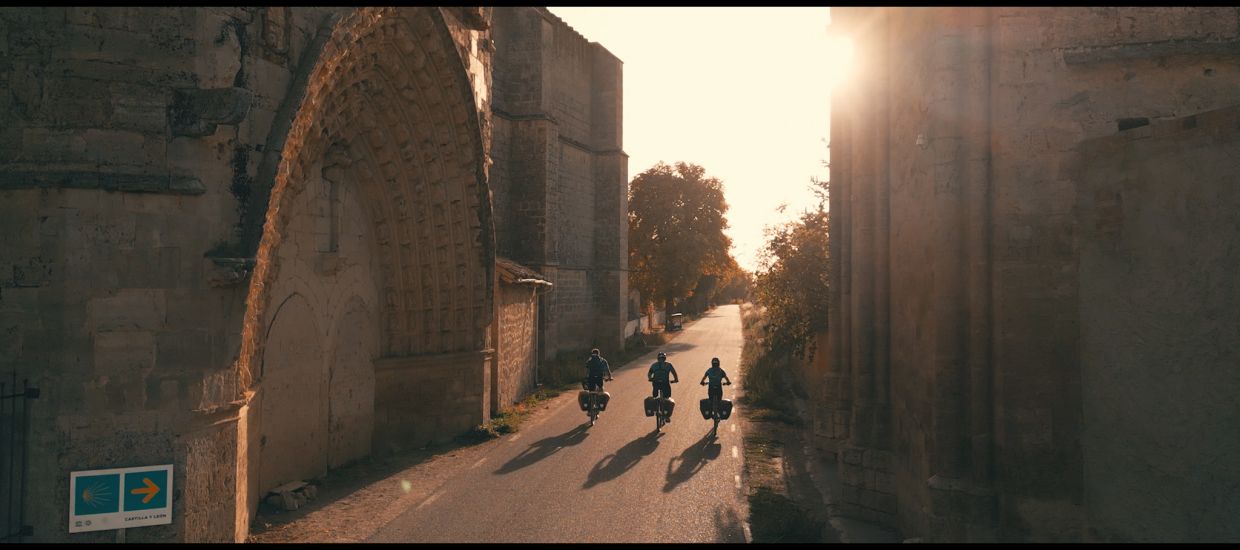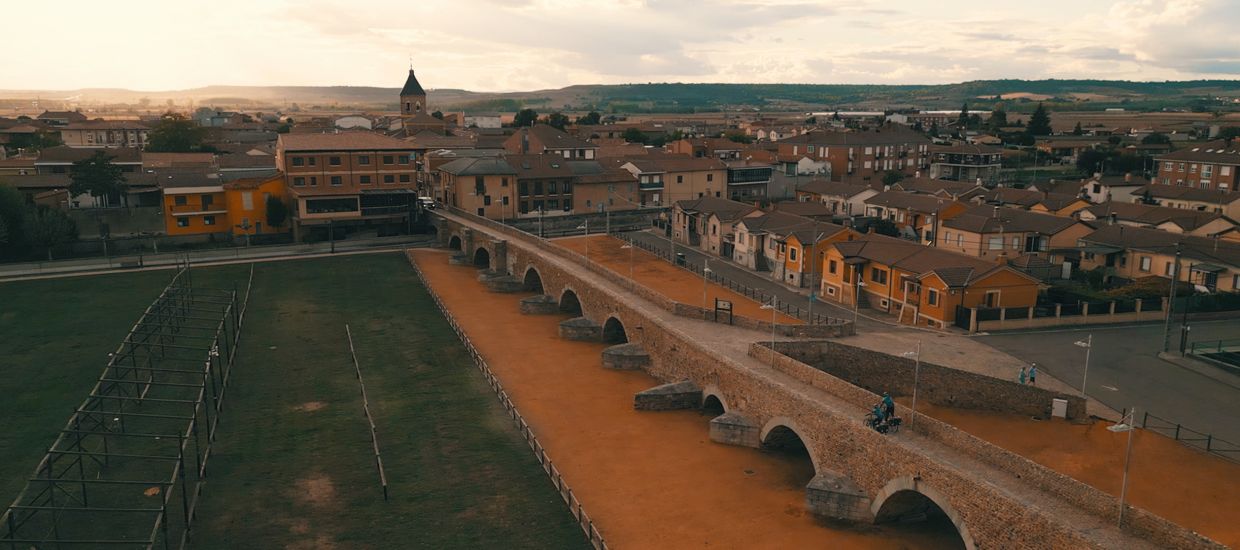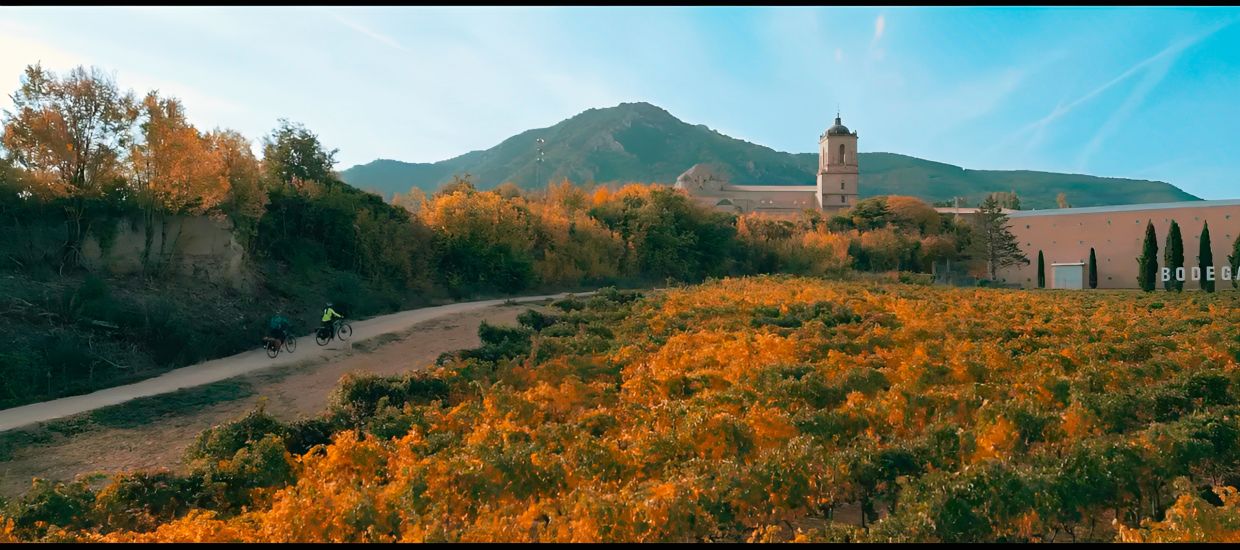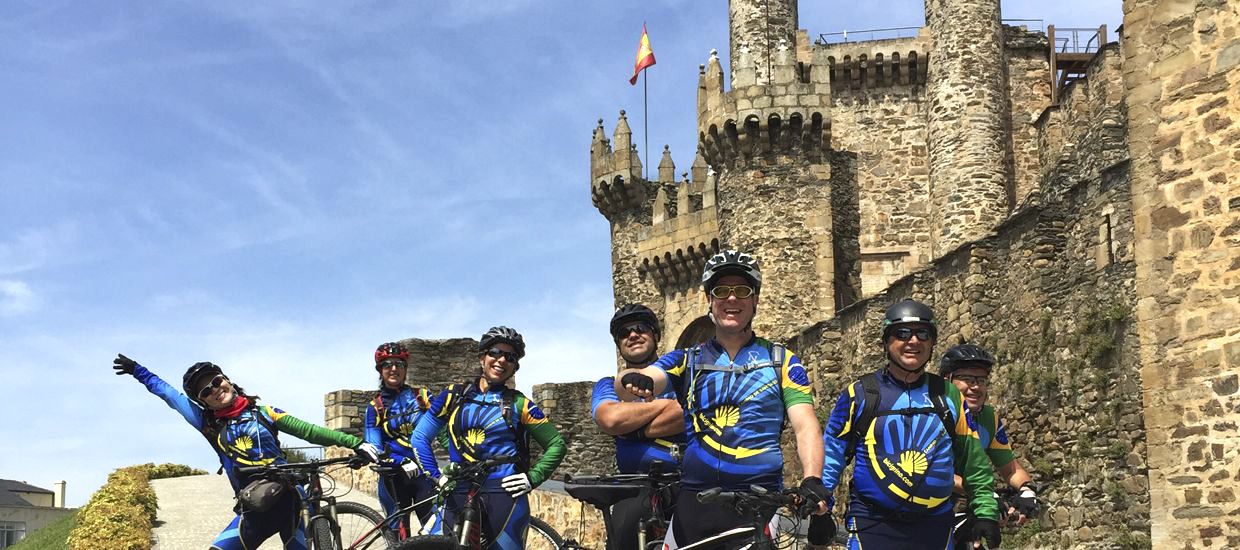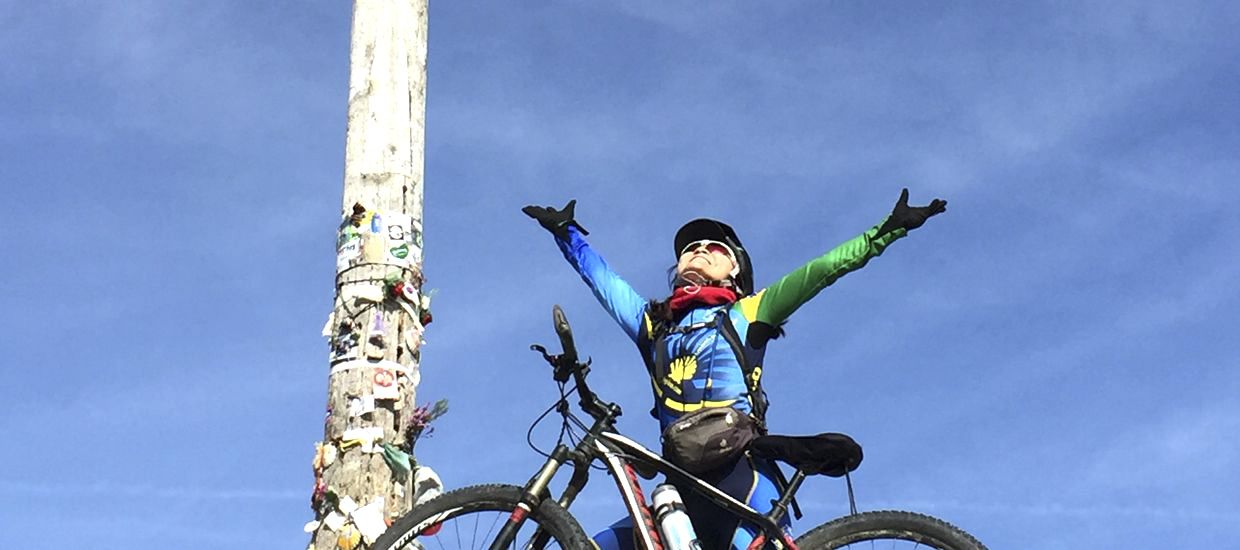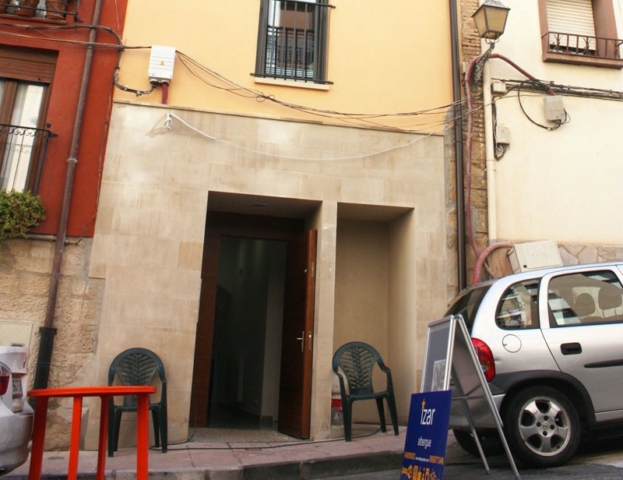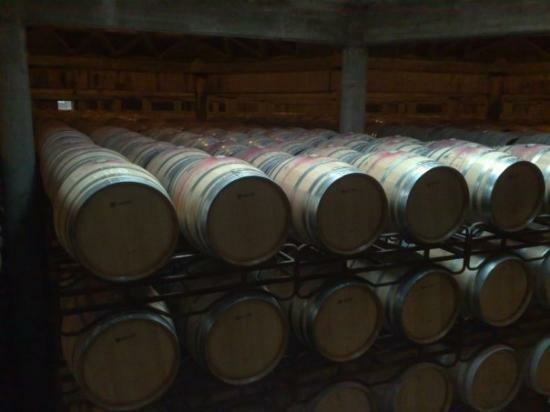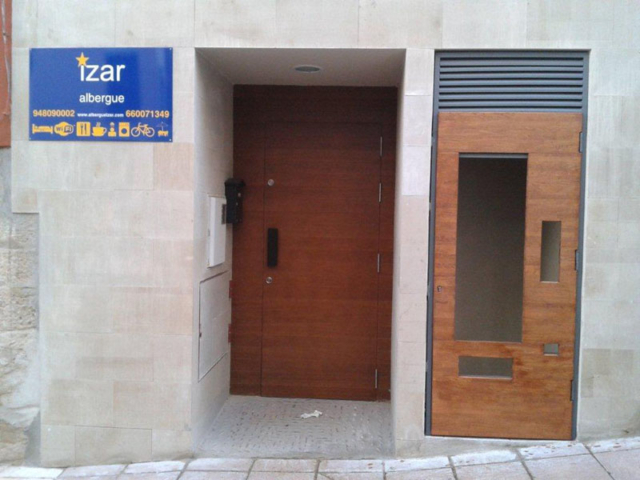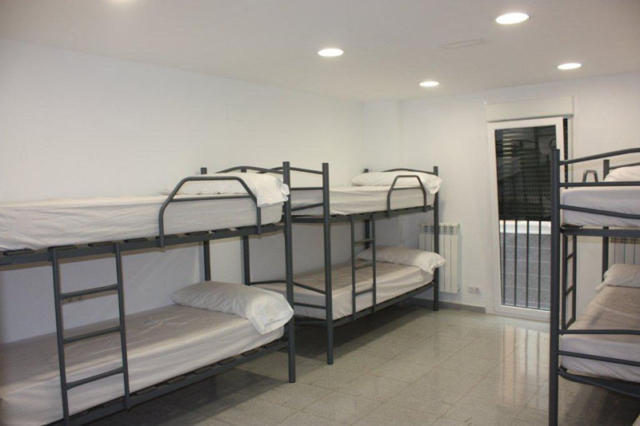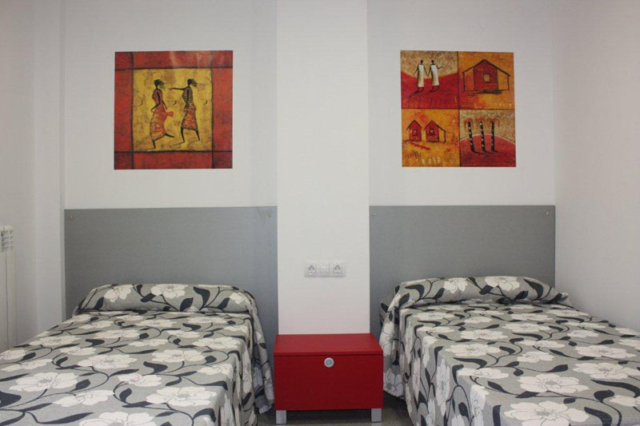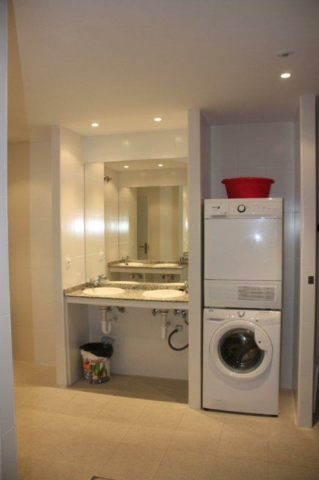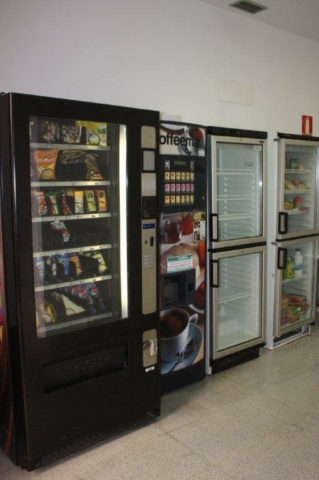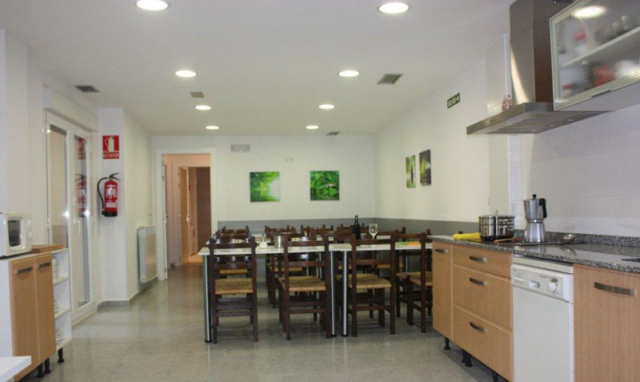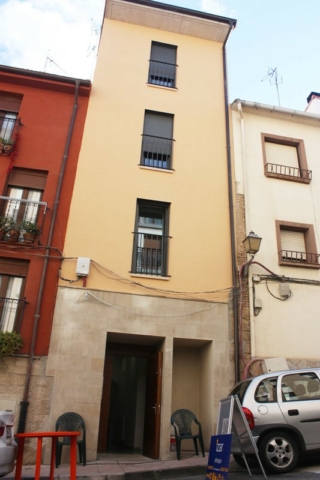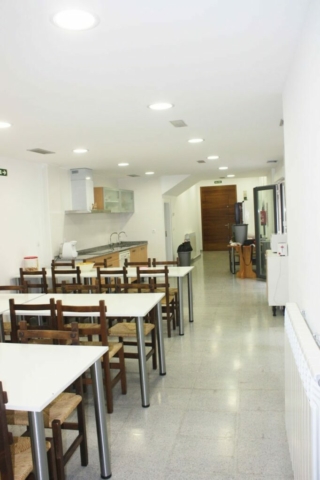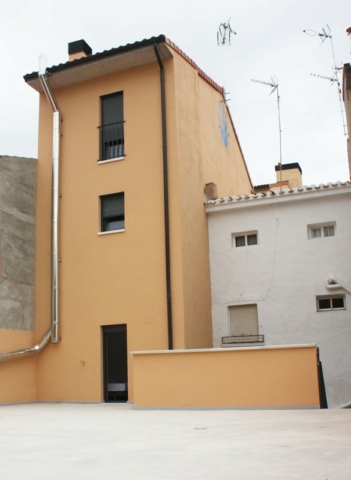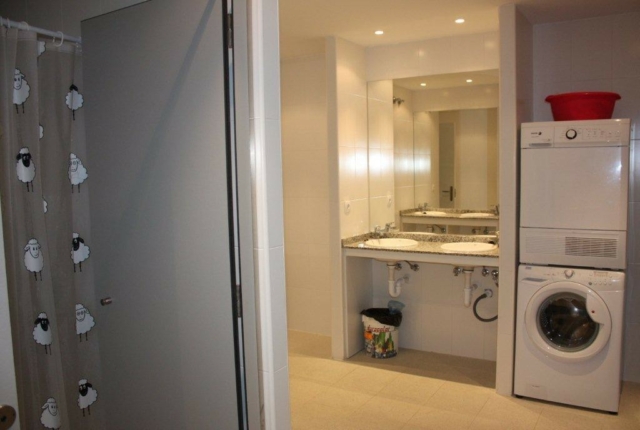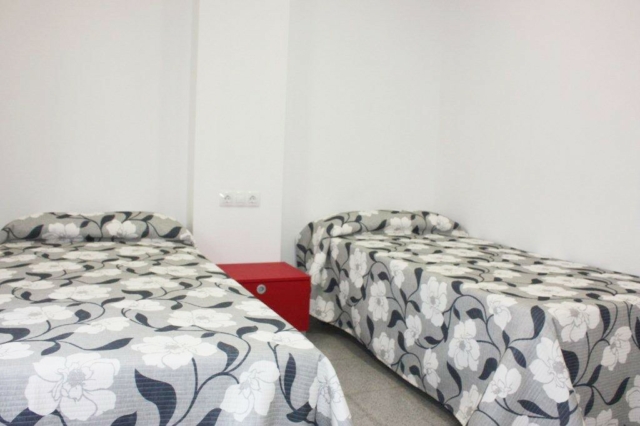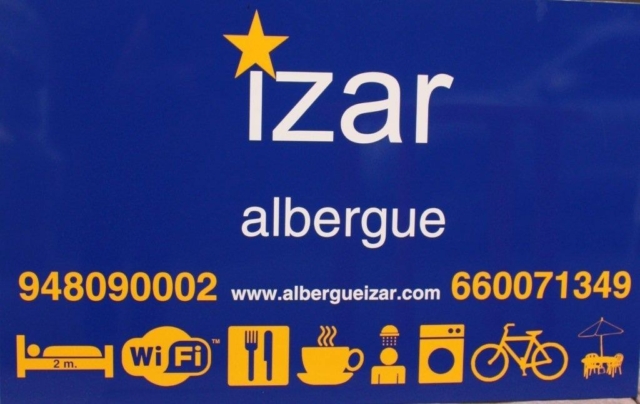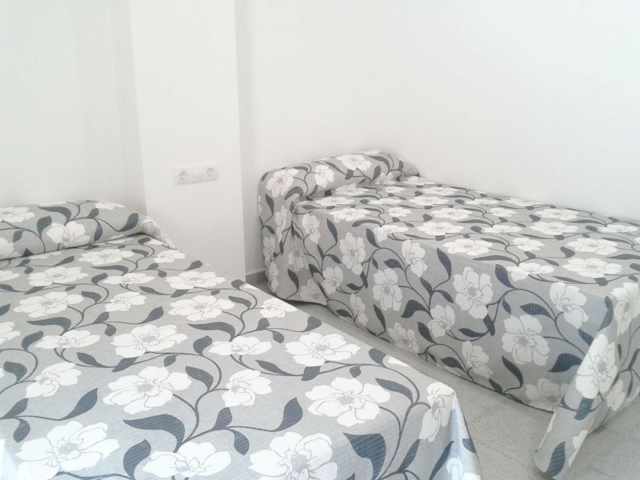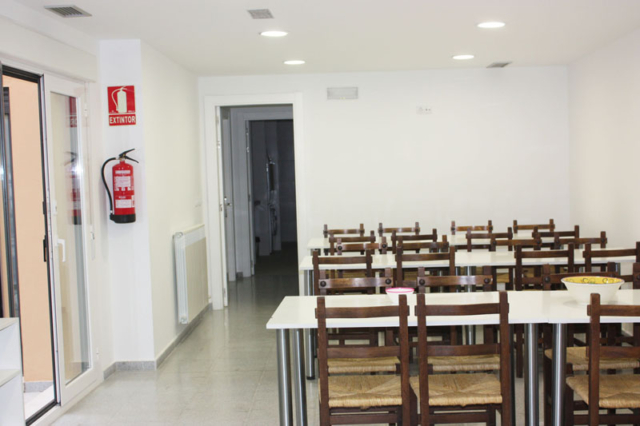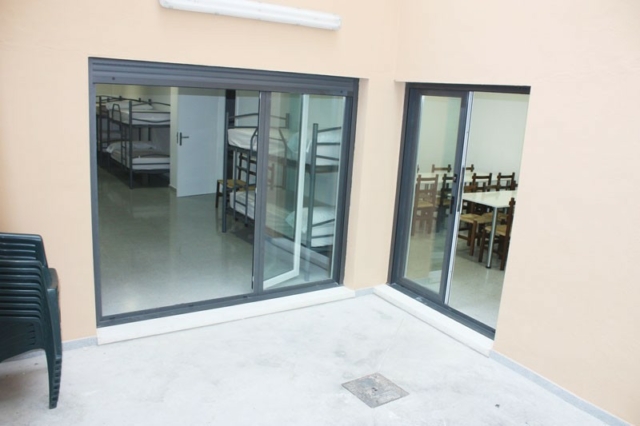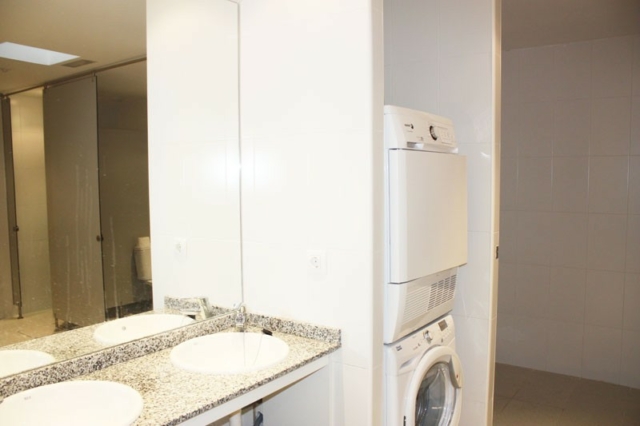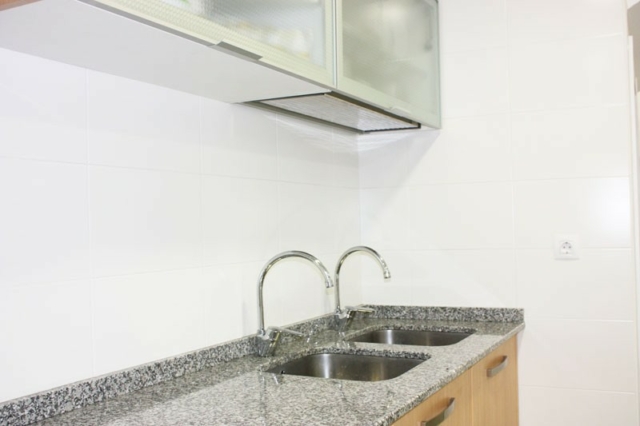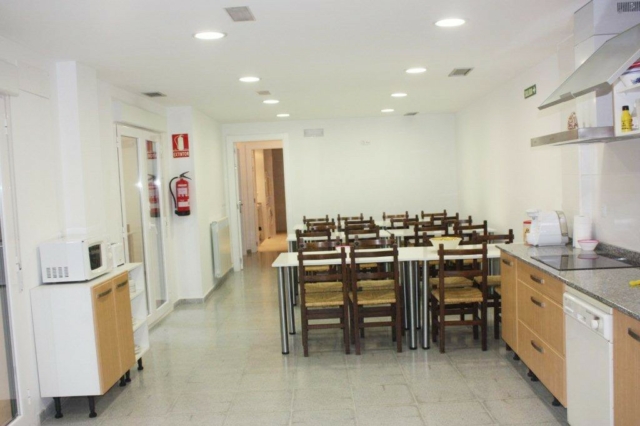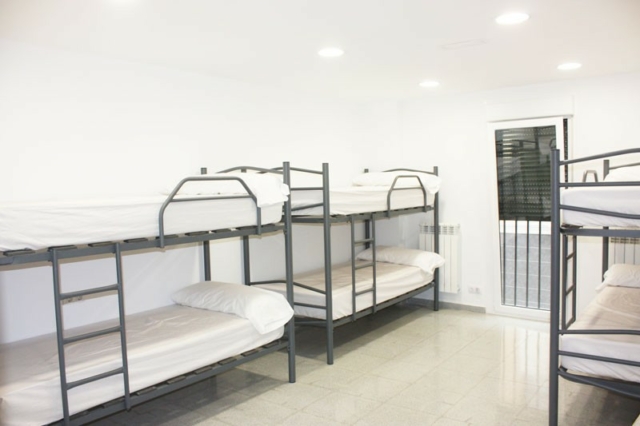Hostel Izar (Viana)
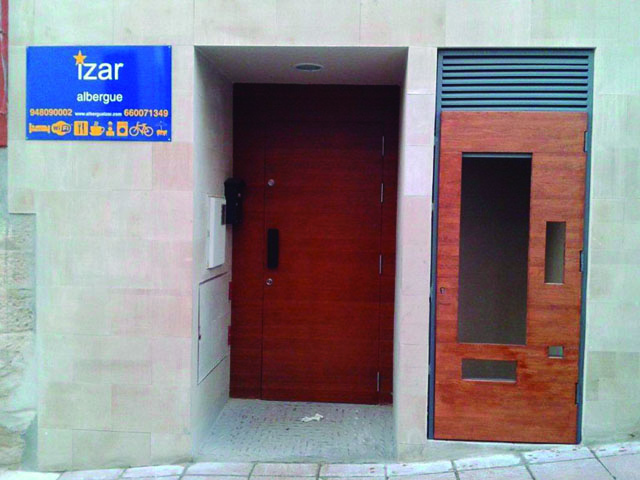
| Phone | 948 090 002 / 660 071 349 | |
| Address | C/ El Cristo 6, 31230 Viana (Navarra) | |
| Web page | http://www.albergueizar.com/ | |
| info@albergueizar.com |
OPEN ALL THE YEAR

Electric bike charging point
Comforts
We are a tourist and pilgrims hostel located in Viana, which holds the title of Principality of the Old Kingdom of Navarre. We are located in the south-west of Navarre, belong to the Estella area, which is the border between Álava and La Rioja.
The building, following the traditional architecture of the area, has been fully restored. We have terrace and patio, great walks through the old town, its walls and interesting manor houses, palaces and churches that show the splendor that was lived between the sixteenth and eighteenth century.
Camino de Santiago goes by our hostel, we are the last village of Camino de Santiago in Navarre and one star = (IZAR) more on Camino de las Estrellas.
Our city is rich in food and wine with Rioja origin certificate, we welcome visitors and pilgrims.
You will receive from us a personalized treatment, and we will inform you as to how to profit the most of your stay in this very diverse area.
Prices
- Bunk beds: 10 €.
- Double room: 30 €.
- Breakfast: 3 €.
- Sheets for rent: 3 €.
- Towels for rent: 3 €.
Services
- Rooms (double and family)
- Community rooms from 6 to 18 beds
- Accessible for disabled
- Living room with patio in the ground floor
- Large terrace
- Central heating
- Washer and dryer
- Bicycle cloakroom
- Vending 24h
- Free Wi-Fi
- 2 m long beds
En los alrededores
Viana has a responsive urban design in response to its condition as a fortified place, the main mission for which it was created. It retains a regular plain with a rectangular and symmetric structure. The gateways to the city are oriented to each cardinal point: San Felices on the west, Santa Maria and San Juan to the north, Estella to the west and La Solana to the south. They were modified in the sixteenth century, they hold crests and are dedicated to saints represented in their respective niches.
Although the medieval village plan changed during the sixteenth century, part of the walls that surrounded the village are still preserved. It is still possible to contemplate the wall and barbicans of San Pedro and Santa Maria, underground remains of the castle, stretches of wall, and structures of various towers: the Drum tower, the tower of Tahona and the tower of San Lorenzo.
During your visit to our town, you can not miss the Church of Santa Maria, built in Gothic style with reforms in the centuries XVI, XVII and XVIII. You will enjoy knowing the baroque palaces of the City and the Balcon de Toros, the old pilgrim hospital, visiting the ruins of San Pedro or getting lost in the tangle of narrow streets.
